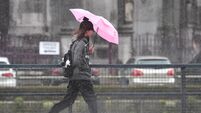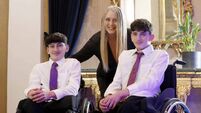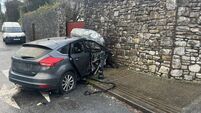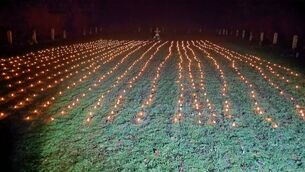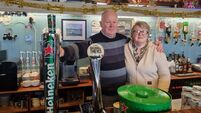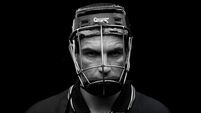Cork woman who will be the first Irish person to travel into space 'game for an adventure'
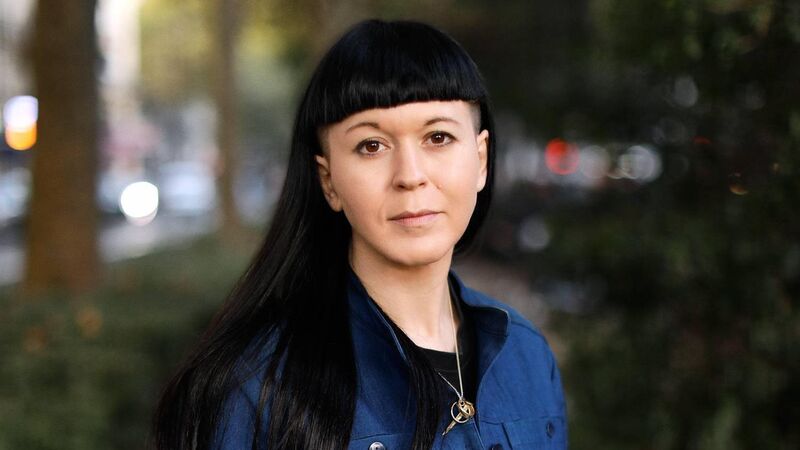
Rhiannon Adam spent the first seven years of her life just outside the village of Ballinadee, while she describes places like Bandon, Courtmacsherry and Kinsale as her family's "stomping ground". Picture: projectMoon
Cork-born photographer Rhiannon Adam will be the first Irish person to travel into space when she takes one of eight seats on the first civilian trip to the Moon next year.
Onboard Starship, a rocket being developed by Elon Musk’s SpaceX and funded by Japanese billionaire Yusaku Maezawa (known as MZ), Rhiannon will circle the Moon for seven days with seven other creatives all tasked with developing a unique art project inspired by the experience.
Born in Cork in 1985, Rhiannon spent the first seven years of her life just outside the village of Ballinadee, while she describes places like Bandon, Courtmacsherry and Kinsale as her family's "stomping ground".
She was always "game for an adventure", she tells the , probably because her family sold up their home in 1992 and started an eight-year long sea escapade.
Rhiannon's father had been on a trip at sea, "sort of connected to Greenpeace in the Azores", she says. After he returned the family then went to sea having seen an ad on a pub noticeboard in Kinsale.
"After dad came back we were just wandering past and saw this notice from this Dutch single-handed sailor who wanted to settle down and so he was selling the boat he had built himself.
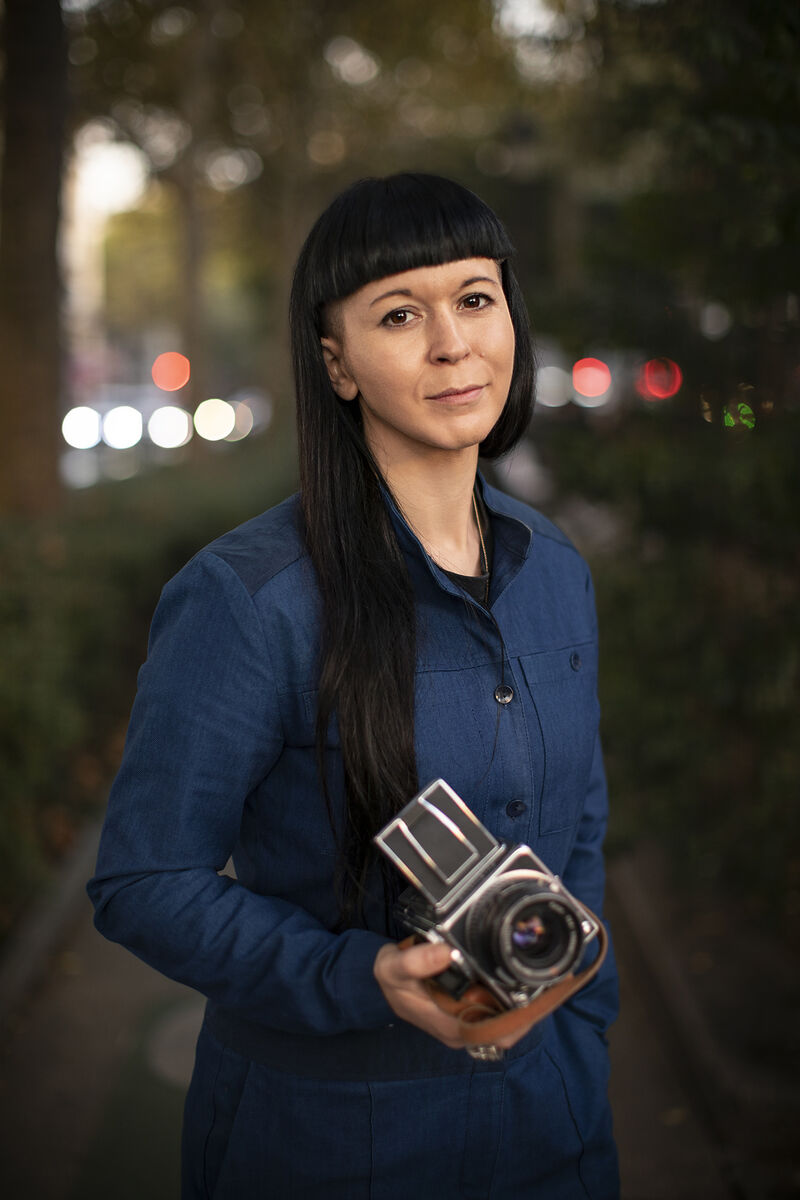
"We didn't really have any money at the time, but we sold our house we were in and we basically put a price tag on literally everything we owned. We had an open house, we told everyone we knew and people wandered in and lifted up objects and said: '50p? A pound?'. It was a massive clear-out. I was seven when we left," says the now Hackney-based photographer, who also splits her time between America as well as London.
The plan, or "deal" that was struck with the young Rhiannon was that they'd be back in Cork in time for her to start secondary school. The plan never materialised.
"We kind of made a pact that we'd be back by the time I was 12, it just never really panned out that way, but that was the deal that was cut with me, that we'd be back in Ireland by the time I was 12, so that I could go to school, but life happened and it just didn't end up that way.
"I ended up in London after I couldn't handle the boat anymore. My parents split up when I was in the Caribbean, so my mum ended up in America and my dad now lives in Thailand, so we are all spread," says Rhiannon.
"It was almost eight years at sea," she adds.
When she landed in London, she went on to attend the famous Central Saint Martins College of Art and Design and the University of Cambridge, where she studied arts, design and environment, and English literature respectively.
Was she always set on a career in photography? It was art first - she won a prize at national school, in Bandon Bridge, an award that still thrills her to this day.
"I always wanted to be an artist. I won the art prize in 1991 in Bandon Bridge and I was so thrilled, I always wanted to be an artist - that was my life goal," says Rhiannon.
In school in England she ran the photography society, had the key to the dark room and slowly became immersed in this "creative culture".
"I was very off-kilter as a teenager because I had this weird life, I don't think I fit in terribly well. I knew I was gay very young and I went off to gay clubs and things and I think I sort of absorbed that creative culture, that outsider community in a way," says Rhiannon, who now travels to far-flung places to photograph unique ways of life.
It is this eye for the extraordinary and the lasting impact of a childhood spent at sea that has prepared her for space travel. She describes the boat as "claustrophobic", something most astronauts say about the living quarters of a spaceship.
Her nomadic early life also left her with a feeling of being an "outsider", something you imagine a human looking down at Earth from space may feel.
"I didn't have the most pleasurable experience on the boat. I'm not going to lie to you and say it was brilliant. It's very stressful being in that environment, it's claustrophobic and you also don't belong to the place you're in.
"You're part of this outsider community. You drop into a place and you kind of live there for a time but you can't really lay down any roots there, so it's hard for you to go to school, it's hard to make commitments to anywhere. You're always half in and half out," says Rhiannon.
But when it comes to the Moon there is no feeling other than excitement at play, especially not fear.
"There's a personal poll I've been running, and it's totally 50/50 with people who are like: 'absolutely, I would never do that, ever' and the other people are like: 'please can you take me, just take a picture of me and take it up to the Moon. Can I give you something to take?' You would not believe my inbox right now from requests," says Rhiannon.
"There are some people who would just do anything, they would give their right arm. I'm not afraid in any sense. I've done a lot of scary things in life and I think the more scary things are the things you don't expect to be frightening.
Rhiannon saw the dearMoon project announced on Twitter in March 2021, and along with more than one million other people from a total of 249 countries, applied. Following the initial application process, there was a lengthy selection process with everything from health checks to having to give "informed consent".
With lift-off planned for 2023, is there any special diet or exercise she must undertake in order to prepare?
"I would love to tell you that I was on some strict diet and I would love to tell you that I had turned over a new leaf and I was now an exercise fiend but if I did I think I would give a few people a premature heart attack.
"I just eat what I have always eaten. I do the same exercise I have always done which is zero," says Rhiannon.
"But I watch all of these space launches with great interest now," she adds.
And when she's up in space on the Starship will she look down at Earth, and of all the places she's been, will Ireland feel like home?
"It's an interesting one with Ireland because for most of my life if you'd asked me, like 100% I was Irish. I was singing Irish football songs, I always support Ireland, it's always been Ireland," says Rhiannon.
"I have a very deep connection to Ireland, and such affection for it and I've been back quite a few times and I've still got lots of friends I go and visit. I'm very connected to it but it's not where I live right now. I live out of a suitcase mainly," she adds.
To follow her adventure see @rhiannon_adam on Instagram.
2023 will mark 60 years since the first woman travelled to space. On June 16, 1963, Soviet cosmonaut Valentina Tereshkova became the first woman to travel into space. It would be nearly 20 years before another woman went into space, Russia's Svetlana Savitskaya in 1982.
Of the more than 600 people who have travelled to space since Yuri Gagarin from the Soviet Union in 1961, 73 of them have been women as of April 2022 - about 12%.
However, very few of these have been European, with 55 coming from the United States, two from Canada, five from Russia and one from South Korea. Only a handful of European women have ever ventured into space, however, having said that, one of them now holds the top job.
In September 2022, Samantha Cristoforetti officially became the first European woman to command the International Space Station (ISS).
The 45-year-old Italian took over from Oleg Artemyev becoming the fifth European commander of the ISS after Frank De Winne, Alexander Gerst, Luca Parmitano and Thomas Pesquet.
Cristoforetti studied mechanical engineering in Italy and then joined the Italian Air Force as a pilot before becoming captain. In 2009, she was selected by the European Space Agency to become Italy’s first female astronaut.
In 2015, she set a record by spending 200 days on a single mission in space, at the time the longest continuous space flight by a woman. The Italian astronaut has also become a cultural icon and uses social media platform TikTok to engage with people on Earth.
Helen Sharman, in May 1991, at just 27 years of age became the first British astronaut to travel into space, never mind woman. Called Project Juno, she travelled on a private British space programme. She was selected out of 13,000 candidates.
It all started in 1989, when the civilian was driving home from her day job at Mars. She heard an ad on the radio: “Astronaut wanted, no experience necessary.” She says she "leapt at the opportunity" mostly spurred on by the training involved, time in Russia, learning the language and studying advanced mechanics.
"It was a way out [of] the rat race," she said. Sharman would go on to spend 18 months training to be an astronaut at the Gagarin Cosmonaut Training Centre in Star City, Moscow, before going on to become Britain's first ever person in space.
Doctor, politician and astronaut, Claudie Haigneré became France's first woman in space in 1996. As part of her degree, Claudie would study aviation and space medicine in 1982, a module that would stand to her more than a decade later.
While she was selected as a French candidate astronaut in 1985 by France’s National Centre for Space Studies (CNES), she would spend most of her time medically supporting those already in space.
From 1990 to 1992, she was responsible for French and international space physiology and medicine programmes in the CNES and from 1989 to 1992, she was responsible for the scientific co-ordination of the life sciences experiments aboard the 1992 Franco–Russian Antarès mission.
In 1992, she was selected as a back-up cosmonaut and then finally in December 1994, she was assigned to the Cassiopée mission as a research cosmonaut. Her 16-day mission took place from 17 August to 2 September 1996.





